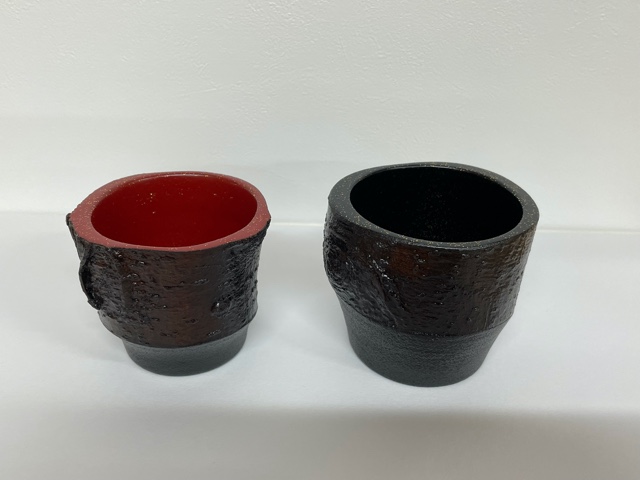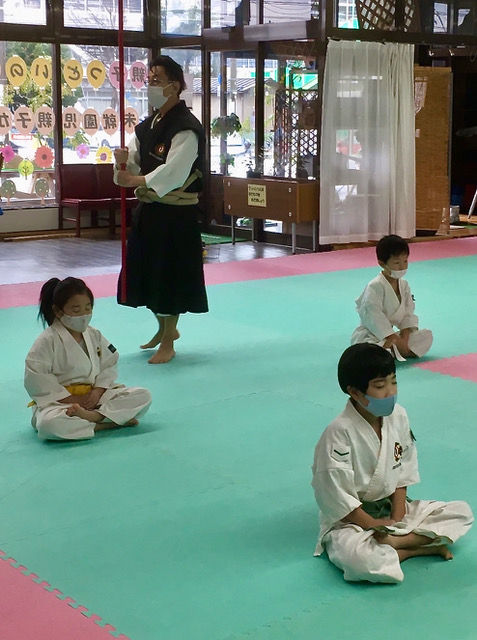MONTHLY LETTER
| 01 | 02 | 03 | 04 | 05 | 06 | 07 | 08 | 09 | 10 |
07
The TM JAPAN ART STUDIO:
Looking to the Future
As we emerge from the crisis of a global pandemic, we look to the future through art and participation in our communities. And as he turns sixty next year, a pivotal change in anyone’s life, Takeshi Matsuyama is engaging more forcefully than ever through his art. His future goals include teaching the next generation the classic techniques of makie in order to ensure a cultural heritage. Then, too, he intends to increase his participation with troubled youth by auctioning off his work to benefit their programs. Let’s hear what he envisions.

Answer: I’m participating in an exhibition at the Kaga Art Museum until November 14th at which I have sake cups on display. These cups will be auctioned off, and the money used to help families affected by Covid-19. Then, too, the purpose of the exhibition is to introduce the craft of makie to visitors and locals.
A: The exhibitions at the Kaga City museum has a long history, but I started only last year, in 2020. It’s a big event with artists from our region, and includes makie makers, wood turners, painters, calligraphers, and photographers.
A: During the exhibition, guests bid silently by placing their bids in a sealed, wooden box. No one knows the numbers until the auction ends.
A: The first step, even before teaching is to introduce makie to young children--to invite them to my studio to experience the art. I’ve done this before, not just at my studio, but at the junior high school where I taught an entry level course. More and more kids show an interest in this type of art.
Yes. My mind is linked to the next generation. It’s very important from both cultural and historical perspectives that this tradition be carried forward. Fewer and fewer people are using makie items on a daily basis in Japan--that’s the reality. What I want to do is introduce my technique to younger people and in this way help to create a new market for the artistic tradition.

A: I practice Shorinji Kempo, which is one of Japan’s martial arts. Not just for my physical health, but as a form of mental training, and a facet of relaxation. It’s related to the Japanese mindset: to train the mind and body.